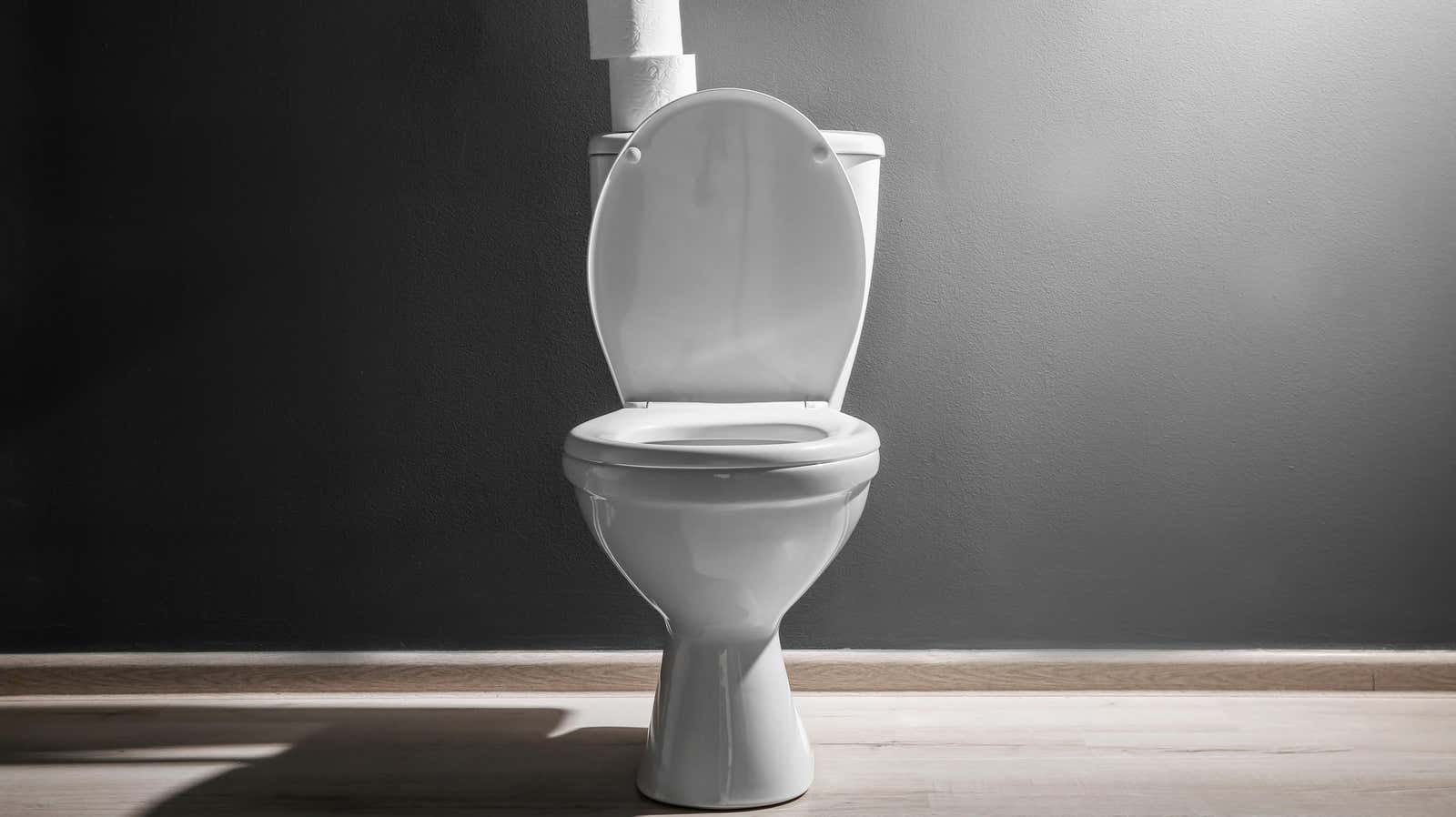Signs It’s Time to Replace Your Toilet

We usually don’t give much thought to toilets, that utilitarian fixture in our bathrooms that accepts all of our waste, mistakes, and regrets without complaint. While you can certainly spend a lot of money on really fancy toilets , for most of us, the toilet is a largely anonymous part of our home’s infrastructure. We only pay attention to our toilets when they stop working properly – when they constantly leak or clog .
But toilets, like everything else in this world, have a lifespan. There is no consensus on how long your toilet will last; estimates range from 10 to over 50 years – some people will even tell you that the toilet itself, the porcelain shell, can last forever if properly cared for, and that only the inside of the cistern really needs to be cleaned. replaced. Unless you’ve invested in a fancy model, your toilet is a fairly simple device and could very well last you decades. But chances are you’ll end up having to replace it – here’s how to know the bell is ringing on your trusty china throne.
Performance Issues
The first, most obvious sign that your toilet is ready to be replaced is when it stops doing what it’s supposed to do – flush waste down the drain. Periodic repairs should be expected – even replacement of the flush mechanism inside the cistern , especially after your toilet passes the ten-year mark, which is considered the lower limit of toilet bowl longevity. But if you find yourself constantly working to fix issues like constant operation, insufficient flush power, or blockages that are causing your toilet to clog, you should consider replacing the unit.
Another thing to watch out for is mineral deposits of hard water in your toilet’s siphon tube and inlets. If you’re noticing hard water stains on your toilet, low power flushes, or frequent clogs, you may have mineral deposits on the connections to and from the toilet that are blocking the flow of water. While you can usually clean up these buildups, it’s not an easy job – it’s best to start with a new model and prevent buildup in the first place.
Cracks and damage
It should be obvious, but if you see cracks in your toilet, it’s definitely time to replace it. A cracked toilet not only exposes you to potential water leakage and water damage, but it can also be downright dangerous. While you can repair small cracks with some success, larger cracks mean that the entire toilet can potentially break, which can lead to injury if you sit on it during this time.
Hairline cracks can be hard to see, but a sign that your toilet is damaged is puddles of water on the floor around it. You should never see water outside of the toilet – if you constantly see water on the floor that cannot be from any other source, there are two possible reasons: first, the connections that supply water to your tank and connect the tank with toilet. the bowl is loose, or the gaskets that secure them are old or rotten, or water seeps through two microcracks. The first option is a relatively easy repair, but the second suggests that it’s time to buy a new toilet. And if it reoccurs shortly after the repair, that’s an even more obvious sign.
reel
Finally, if your toilet becomes unbalanced and “wobbles” every time you sit on it, inspect the base of the toilet and the floor very carefully. Toilet wobble can be caused by loose bolts – look at the two bolts that hold the toilet to the floor; if they loosen over time, a few turns with pliers or a socket wrench should fix the problem (don’t overtighten unless you want to see what cracked porcelain looks like).
If the bolts loosen again after a relatively short amount of time, or if you notice that the floor is warping or that the tiles are popping out, a closer inspection is necessary because you may have a rotten floor due to a constant leak in your toilet. This means not only a new toilet, but also some repairs to the floor – even if you can figure out how to attach a new toilet so it’s stable, ignoring a water-damaged floor is a recipe for future disaster, including mold.
Like many things in our time, toilets are constantly being improved: they are becoming more water-efficient, more powerful and more durable. For this reason alone, you should probably have a low bar when it comes to replacing rather than repairing your toilet.